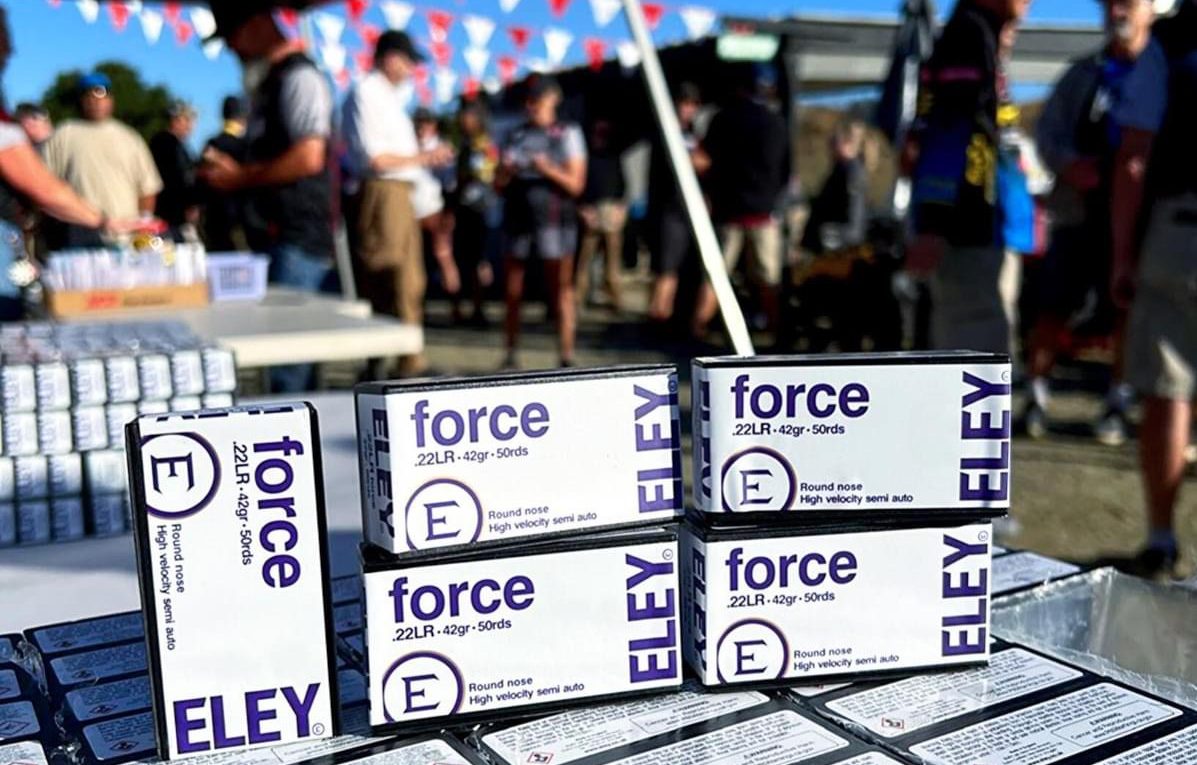As is the case with any sport, the question we face is how will we continue to grow and improve shooting disciplines for a new generation.
A worldwide survey conducted by the International Olympic Committee (IOC) after the 2016 Olympic Games showed interest is high among younger generations. They asked youngster in 20 countries across the world to rate all sports in the summer Olympics. Those surveyed were shown the list of 28 Olympic sports and asked to rate them on a 10-point scale. 1 meaning they were “not interested at all” and 10 meaning they were “extremely interested.”
Throughout the world shooting was rated above the average Olympic sport and in the top half of all Olympic sports. The highest ratings were in India giving shooting an average rating of 7.57 out of 10. The next highest ratings were in China (7.33), Korea (6.63) and the USA (6.33).
As Brad Donoho of the Civilian Marksmanship Program (CMP) states, “the future of every sport relies on its youth.” But how do we engage future generations to take up the sport? We caught up with Brad to see how he’s encouraging budding shooters to get involved.
Brad Donoho is a Program Coordinator with the CMP and oversees the youth marksmanship programs as well as running the small-bore department. Part of the role is organising and conducting competitions as well as developing ways to encourage growth in the sport.
He is heavily involved with shooting events and competitions held at Camp Perry, Ohio. Camp Perry is the second largest outdoor rifle range in the world.
“We want to encourage and help our juniors get to Camp Perry each year to compete in matches. One of the ways we have done that is by moving the dates for one of our major Three Position Air Rifle competitions. It is hard for coaches and parents to make multiple trips each summer. So, starting this summer we moved our National Three Position Air Rifle Championship to the three days before the small-bore championship. This allowed competitors to shoot both competitions in a single trip. The feedback we received was very positive and we expect our numbers to grow because of it next year.
I think one of the easiest ways to grow our championship is to listen to the shooters. At events, I make a point to walk around and speak to competitors and parents. I ask them how the competitions were going and what we could do to make it more enjoyable. In 2018, we only had enough time to conduct a two day Prone championship, or 3200 aggregate. One of the questions I needed to answer was whether or not we should keep the schedule the same, or make the championship a four day 6400 agg. The vast majority of the competitors preferred the 6400 agg. So in 2019, we added the two additional days to the competition and more shooters attended as a result.
Moving the air rifle championship allows anyone with a small-bore rifle to shoot our championship. We assumed there would be a lot of air rifle shooters interested in small-bore that did not own a rifle. In 2019, we acquired 50 Walther small-bores that were made available to those without. We also partnered with the United States Army Marksmanship Unit to conduct a new Small Arms Firing School for entry level small-bore shooters. They could borrow one of our rifles and learn from the best small-bore shooters in the US.
Another way we have tried to grow the championship is by modernising some of the events and scoring methods. The small-bore championship is still shot on paper targets. We needed a way to score a large volume of targets without hiring an army of scorers. The CMP partnered with Shooters Technology to use the Orion Scoring System to score our championship. Orion has been the standard for scoring paper air rifle targets for well over a decade, however, larger small-bore targets presented a new challenge because they cannot be scanned using a tradition document scanner.
To solve this problem, Shooters Technology created an application for smart phones that allowed range officers to photograph targets and transmit the images wirelessly to our score keepers. Our scorer keepers were already scoring the targets before the shooters had even removed them from the target frame.
Competitors could also download the Orion scoring app on their personal devices to receive score updates once their targets had been scored. To ensure shooters accepted this new method of scoring, I invited everyone to look at their targets and scrutinise any questionable shot. We allowed them to come in to the score keeping room with their targets and view the computer screens. I let the shooters make up their own mind on whether we scored it correctly. This offers a level of transparency no other competition has. If you shoot on electronic targets, you have to accept the score it gives you. If you shoot on paper targets with human score keepers, you have to accept the decision made by score keepers. But Orion offers the best of both methods.
While we continue to host the traditional small-bore events, we plan on introducing new concepts to small-bore shooting. In addition to looking at ways we can innovate the sport to make it more accessible and enjoyable for all.”
Want to get involved? Visit the CMP website to find details of the latest competitions, including the 2020 Small-bore National Championships which is being held 14th – 22nd July 2020.





